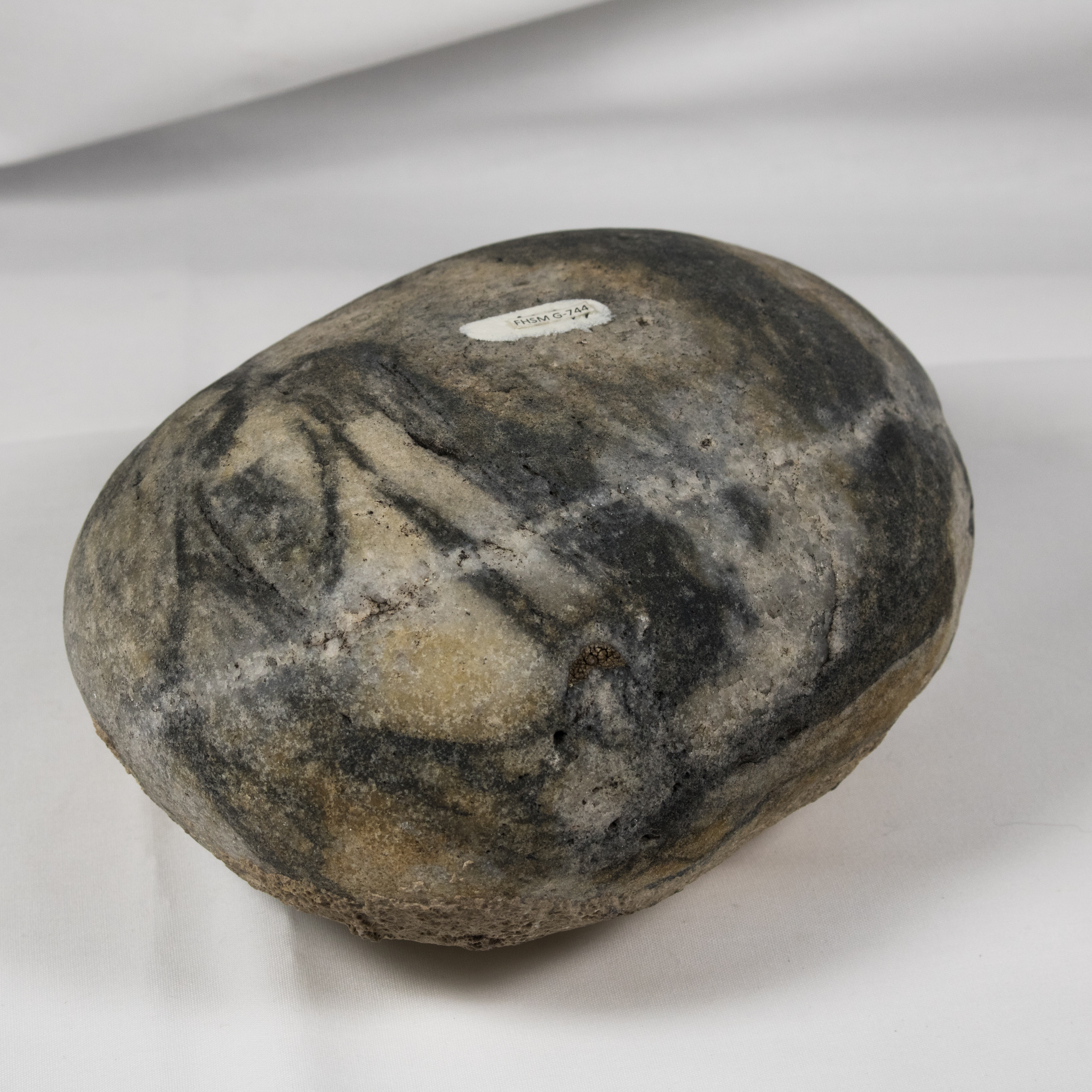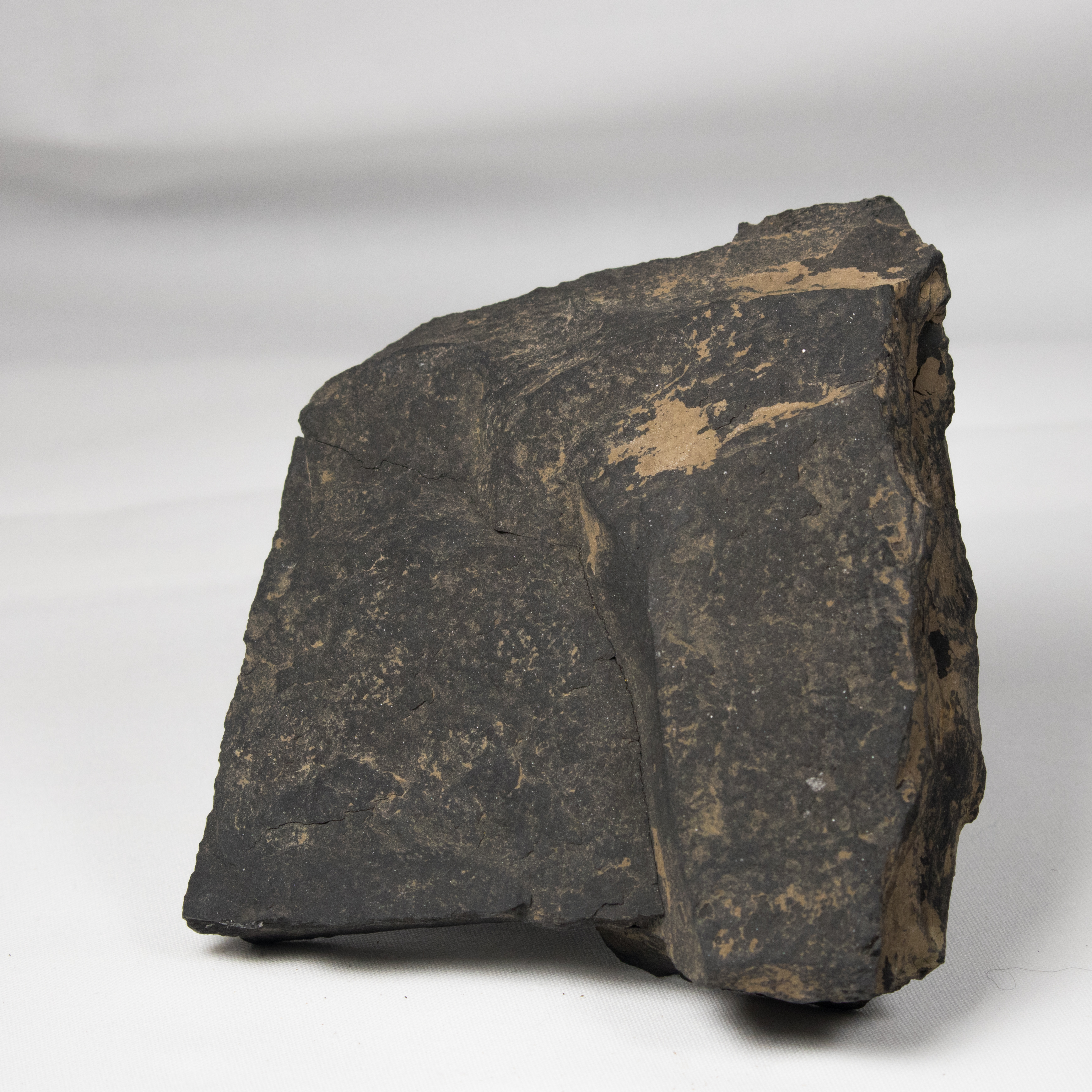Rocks and Their Types
What is a Rock?
A rock is a naturally occurring mass made of minerals. Rocks are classified by the minerals found in them and how they formed. There are three main groups of rocks: igneous, metamorphic, and sedimentary.
A rock is a naturally occurring mass made of minerals. Rocks are classified by the minerals found in them and how they formed. There are three main groups of rocks: igneous, metamorphic, and sedimentary.
Igneous rocks form from molten material. If the molten material is beneath the Earth’s surface, it is called magma. If the molten material is flowing on the surface, it is called lava. Igneous rocks are classified by their composition (i.e. minerals that are present) and texture (i.e. size of mineral grains). Some igneous rocks contain minerals that are rich in iron and magnesium and tend to be darker (mafic rocks). Those that have less iron and magnesium tend to be lighter (felsic rocks). Some rocks are intermediate between mafic and felsic, and these rocks are often composed of light and dark minerals. The grain size depends on how quickly the magma or lava has cooled. If the magma cooled slowly, the individual grains had time to grow and can be seen with the eye. These rocks have a coarse-grained, or phaneritic, texture. If the magma cooled quickly, the individual grains did not have time to grow and cannot be seen with the eye. These rocks have a fine-grained, or aphanitic, texture. When the lava cools very quickly, the rock has a glassy texture. Coarse-grained rocks tend to form beneath the surface of the Earth and fine-grained rocks tend to form at the surface. Rocks formed beneath the Earth’s surface are called intrusive igneous rocks (because they are intruding into space). and those formed above the surface are called extrusive igneous rocks (because they are extruded above the surface).
Iron/magnesium poor (felsic) igneous rocks
Common felsic minerals are quartz and sodium-rich plagioclase feldspar.


Intermediate igneous rocks
Common intermediate minerals are amphiboles and calcium-rich plagioclase feldspar.


Iron/magnesium-rich (mafic) igneous rocks
Common mafic minerals are pyroxene and calcium-rich plagioclase feldspar.


Igneous Rock Textures
Volcanic bomb – a mass of molten rock, larger than 64 mm in diameter, ejected during volcanic eruptions that cool into solid fragments before they reach the ground.
Lapilli – In Latin means “little stones”, a mass of molten rock, between 2-64 mm in diameter, ejected during volcanic eruptions that cool into solid fragments before they reach the ground.

Volcanic ash – a mass of molten rock, less than 2 mm in diameter, ejected during volcanic eruptions that cool into solid fragments before they reach the ground.
Examples of igneous rocks through the different stages of felsic, intermediate, and mafic and if the rock was formed intrusively (phaneritic texture) or extrusively (aphanitic texture).
Metamorphic rocks are a result of a transformation of a pre-existing rock. The original rock is subjected to intense heat and pressure, which causes physical and, sometimes, chemical changes. Chemical reactions can also lead to a change in rocks. Unlike igneous rocks, metamorphic rocks never fully melt but instead become malleable like toothpaste. These rocks are often found in mountainous regions. Fossils can only be found in metamorphic rocks that are formed from sedimentary rocks under special circumstances. However, these fossils are often distorted or destroyed. Metamorphic rocks can be either foliated or non-foliated. Foliated comes from the Greek word phyllon meaning “leaf”, which refers to the thin layers in the rock due to parallel arrangements of certain mineral grains that give the rock a striped appearance. Foliation forms when pressure flattens the minerals within a rock. Non-foliated rocks are those in which the minerals are randomly arranged and the grains do not align under pressure. Non-foliated rocks also occur in contact metamorphism, which is when there is extreme heat but not pressures.






Most of the Earth’s land surface is covered by sedimentary rocks. Sedimentary rocks are formed from pre-existing rocks or organic material. They form from deposits that have accumulated on the Earth’s surface over long periods of time. This leads to a distinctive layered appearance. The study of these layers is called stratigraphy. Stratigraphy allows scientists to study the history of the Earth. Fossils are preserved in many types of sedimentary rocks.
There are three main types of sedimentary rocks: clastic, chemical, and biologic. Clastic sedimentary rocks are rocks made up of pre-existing rocks. Pieces of pre-existing rocks are loosened
by weathering and erosion, and then are transported, trapped, and will accumulate over time. Sedimentologists (geologists who study sedimentary rocks) classify clastic sedimentary rocks based on their maturity using grain size, sorting, and shape. Clastic sedimentary rocks have particles that range in size. Their names are based on the grain size and are categorized into three main groups: clay (less than 1/16 mm), sand (1/16 – 2 mm), and gravel (larger than 2 mm). Grain shape ranges from angular to rounded. For example, breccia has angular grains and conglomerate has rounded grains. Grains tend to become more rounded as they weather. Grain sorting refers to variability in grain size. Are all the grains the same size or are there some large and some small grains? A combination of large and small grains is called poorly sorted. Grains of all the same size are called well sorted.
To understand how sedimentologists use grain size, shape, and sorting to determine sediment maturity, let’s imagine a box of cereal. In a new box of cereal, all of the cereal pieces are relatively big and (depending on the type of cereal) angular. As the cereal is jostled during transport, the large pieces of cereal will gradually break into smaller pieces. A cereal box filled with pieces of cereal of many different sizes has probably not been transported for very long but a cereal box with all of the pieces crumbled to dust has probably traveled a long way from where it was packaged. Immature sediments are found close to their source rock (the cereal factory). They have large, angular grains and are poorly sorted, with grains of many different sizes. Mature sediments are found far from their source rock (far from the cereal factory). They have small, rounded grains and are well sorted, meaning all the grains are about the same size.
Chemical sedimentary rocks form when minerals in a solution become supersaturated and inorganically precipitate. Rocks like limestone form when the accumulation of calcium carbonate through the precipitation from seawater. Evaporites such as gypsum or halite form when shallow water evaporates and leaves behind a “residue”.
Biologic sedimentary rocks form when large numbers of living things die and collect in a basin. Examples of this include chert (made from shells of diatoms or radiolarians) or fossiliferous limestone (made from parts of fossil organisms such as shells).






